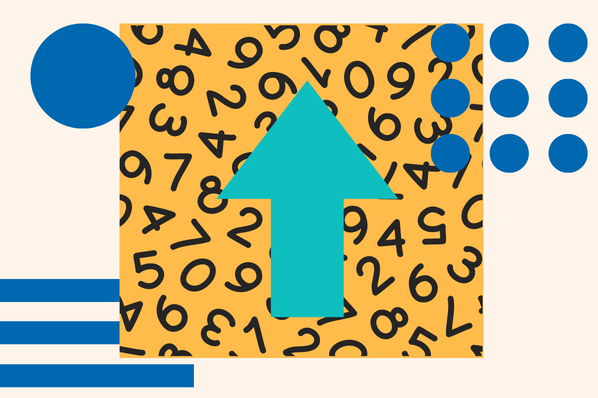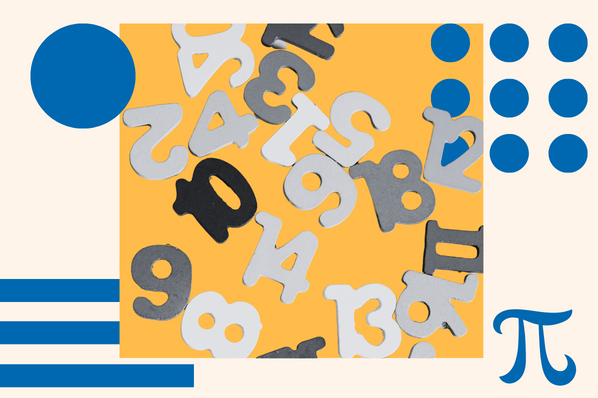In any programming language, strings are something you will find yourself working with frequently, while they can be simple. There are ways to add even more functionality to your strings; this is true in JavaScript.

In this post, you will learn what interpolation is and how you can use it with strings to improve the power of your strings. You will also understand how string interpolation can enhance your programming code. Finally, to drive the information here home, you will see some code examples of how interpolation is performed with JavaScript strings.
Let's get started.
What is JavaScript interpolation?
In JavaScript, interpolation is the process of inserting strings or values into an existing string for various purposes. This functionality is useful because it enables you to create powerful and dynamic strings for your software. This process may sound complex, but it's quite the opposite, and the ES6 syntax simplifies with template literals. Let's look at an example of interpolation in the video below.
Let's see what it looks like to embed a variable into a string and display the value as part of it.
The code above would print to the console the string created above using the template literal and the variable above it; the output of this code can be seen below.
"This string contains a variable that is interpolated into the template literal: I am a value in a variable."
Before template literals were introduced, embedding values into a string was more arduous and also suffered from limitations. Consider the following code below.
This example would result in the same output as the code above.
"This string contains a variable that is interpolated into the template literal: I am a value in a variable."
However, you cannot use this syntax to create strings that perform on-the-fly expressions. To create strings that can achieve those types of tasks, you will need to use the template literals provided by JavaScript.
Interpolation using template literals allows developers to embed expressions into strings, facilitating a way to create strings that can perform on-the-fly expressions within the string.
The code above uses two fundamental concepts together to create robust interpolation. The first thing to consider is using backticks to declare the string, which dictates that this string is a template literal. The second is the use of the mathematic equation wrapped in curly braces with a dollar sign in front.
The code above is the syntax used to interpolate a value or expression into a string; using this syntax, and you can embed almost anything into a string.
You can also add variables together on the fly instead of static values, further expanding the usefulness of interpolation.
The code above creates a very powerful string that can provide a dynamic way to perform an equation and a message about it to the user. The output of the code above can be seen below.
"This string evaluates a mathematic equation using a template literal and interpolation 10 + 13 = 23."
String interpolation can be a powerful tool for your software development process and provide dynamic ways to create messages for your users. But that isn't the only way you can use them. You can also use them to develop valuable messages for developers too.
Moving Forward With JavaScript Interpolation
This post taught you everything you need to know to start moving forward with interpolation and template literals. One way to move forward with JavaScript interpolation is to identify different ways it can be helpful in your development process. Such as creating dynamic and informative strings for testing and debugging, which can help expose the cause of errors and bugs in your code. These are not the only ways that string interpolation can help improve your software development process.
![Download Now: An Introduction to JavaScript [Free Guide]](https://no-cache.hubspot.com/cta/default/53/52e488f1-9b65-4968-b59f-38009a1c92a3.png)










